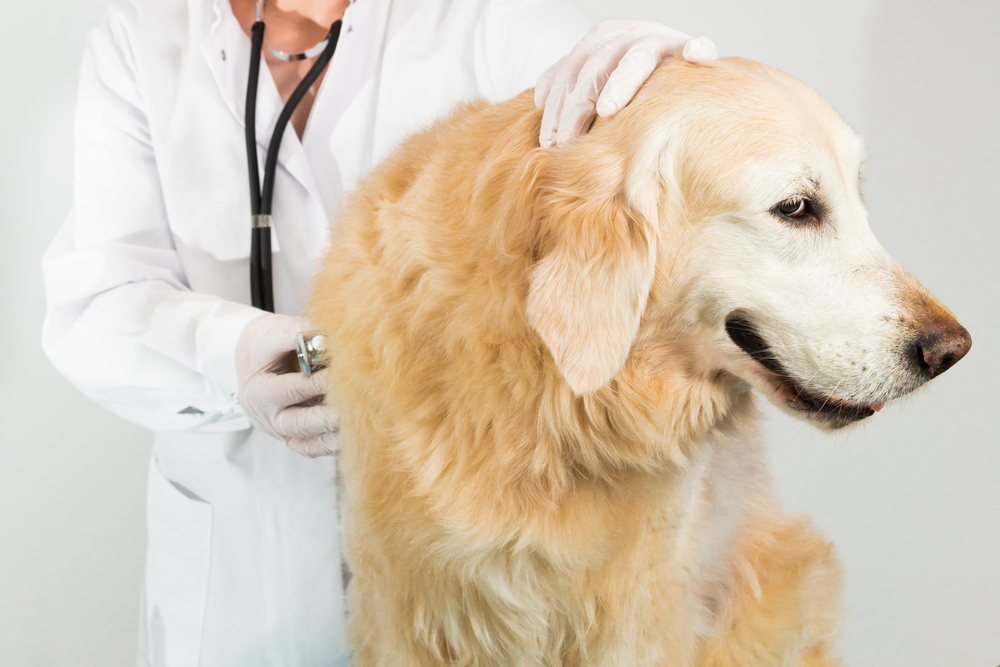What Flea Treatment is Best for your Cat or Dog?
Fleas are almost an inevitable part of being a pet owner. Particularly in warmer months and especially if your cat or dog ventures outside, flea infestations can be prevalent and annoying to your pet and your family if they take over your home. Plus, keeping your pets free of fleas benefits both their comfort (flea bites are itchy as heck) and overall health (bites can spread infection and disease).
Fleas are not difficult to see on your pet’s skin if you perform regular spot checks. Adult fleas are flat, dark colored insects, about 1.5 to 3.2 millimeters in length, and often seen jumping on animal skin.

1. Oral flea treatments
Oral flea products must be prescribed by a vet. These are administered in chewable oral tablets (Nitenpyram, Capstar, Comfortis, or Spinosad), injections, or oral suspension liquids, given on a monthly basis as a preventative flea treatment method. Many pet owners prefer this oral method as there’s no chalky residue left on your pet’s fur. Oral flea treatments don’t kill, but only sterilize fleas so they’re rendered unable to breed, which means it’s a great option for flea prevention, but no so much for flea infestation.
2. Spot-on flea treatments
Spot on flea treatments aim to kill fleas before they can lay eggs, plus rid your pet of lea eggs from being shed or from hatching. Spot on flea treatments can also be used as a preventative measure to keep your pet flea free for up to a year. Many pet owners opt for spot-on flea treatments, like Revolution or Advantage, because they can be applied safely (for pets and humans) as early as eight weeks in advance of flea season. These can also be applied to kill fleas quickly if your pet should become infested. Be aware that there are different spot-on flea treatments meant for cats and dogs (cats can get very ill if you use the treatment meant for dogs). Many spot on flea treatments meant for cats and dogs also kill ticks, ear and sarcoptic mites, and heartworms.
3. Flea bath
A flea bath is typically given if an animal is infested with fleas. Owners can do their own bath at home using a flea shampoo, or ask their veterinarian or groomer to provide the service. Flea shampoos treat fleas with a formula that repels fleas, eggs, and flea dirt from the surface of your pet’s skin and hair. Before you buy, be sure to find the right formula for your pet (they differ for cats and dogs, and often according to animal size), and be sure to follow the enclosed instructions carefully to prevent skin irritation. After bathing your pet, make sure to rinse their skin and coat completely of residue. Flea baths may provide a temporary solution, however, once your pet is bathed and dry, the flea bath no longer works to deter future flea infestations.
4. Flea combs
Flea combs are tools with close knit teeth that are able to grab and trap fleas and eggs on your pet’s fur. They come in different lengths dependant on your pet’s coat. To comb out fleas, start at the root (fleas like to latch onto hair roots) and comb in the direction of fur growth towards the tip. Place a bucket of warm water nearby to dip the comb and drown any fleas as you comb them out. Water on your pet’s coat can also disable fleas from jumping as you comb. Comb your pet completely from head to tail.
5. Flea powder
Flea powders, or insecticidal powders, can be purchased through your veterinarian. These chemically concentrated powders, which come packaged in different pet tolerances, must be carefully applied so that you or your pet doesn’t inhale them, which can be dangerous. However, if bathing your pet isn’t possible, sometimes this rather outdated flea control method provides temporary relief. Be careful to purchase the right dusting product for your pet’s breed and size.
6. Flea collars
Like flea powders, flea collars are considered a fairly outdated flea prevention method. For instance, many are not only ineffective at preventing fleas, many contain organophosphates, a potentially toxic chemical, unless you specifically get a flea collar (a Seresto collar) from your veterinarian.

